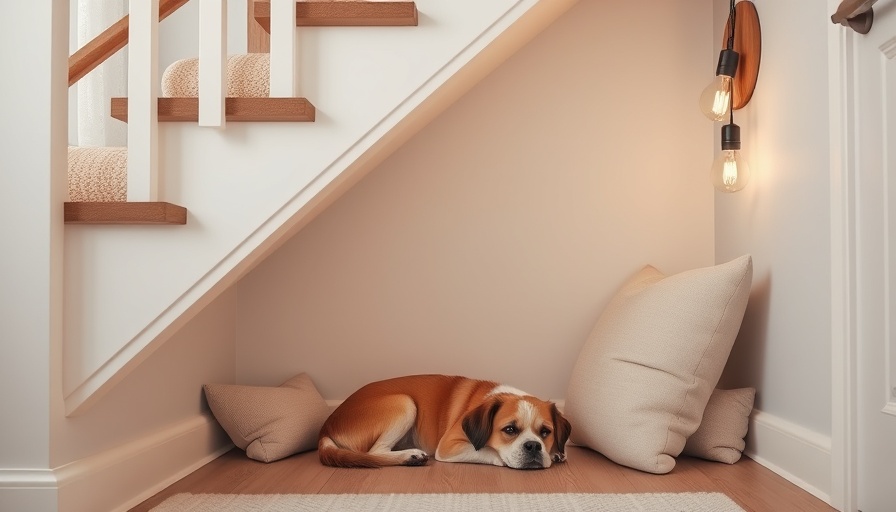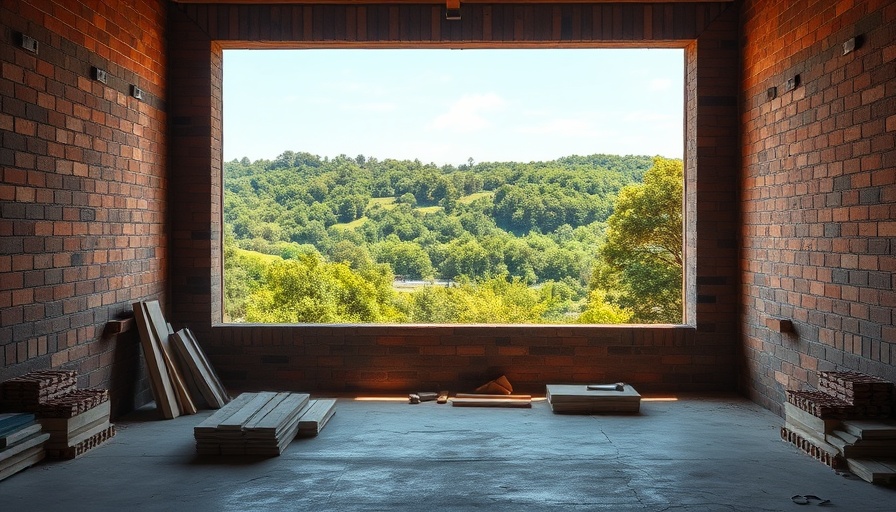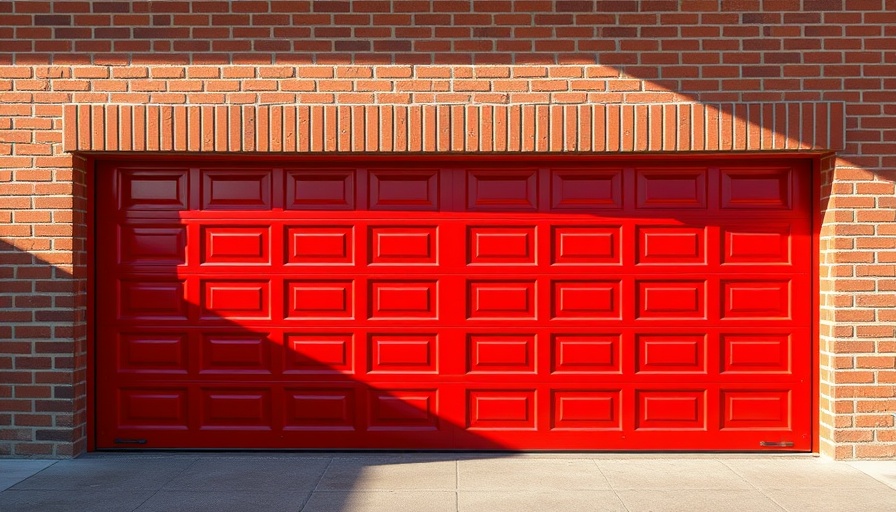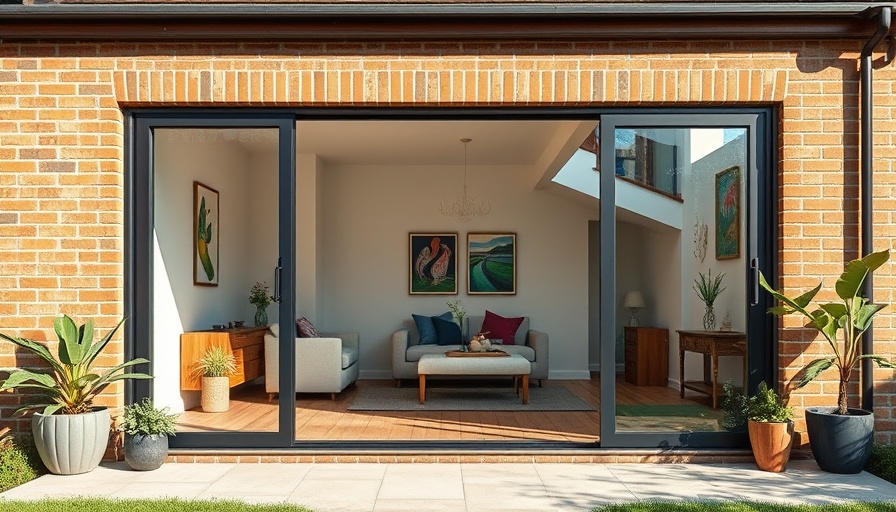
Understanding the Open-Plan Trend: What Homeowners Should Know
Open-plan living has become a hallmark of modern architectural design, with its emphasis on spacious, interconnected areas. This layout fosters interaction among family members and helps create a light-filled and airy atmosphere. However, homeowners in Virginia should consider its potential drawbacks, especially when it comes to their furry companions. Canine behaviorists, like Victoria Cooper, call attention to five critical factors that can significantly affect a dog’s well-being in an open-plan setup.
The Five Critical Factors for Dog Owners
First, the absence of designated spaces can create a sense of chaos for dogs. Unlike humans who thrive in open environments, dogs benefit from having boundaries that delineate different zones. These boundaries help them feel secure and reduce anxiety. Dogs instinctively seek out small, quiet places where they can retreat when feeling overwhelmed. The open-plan space can, unfortunately, lack such havens.
Secondly, sound plays a crucial role in a dog's comfort. In an open layout, noises carry more easily throughout the home, which can distress pets sensitive to environmental sounds. Victoria Cooper advises homeowners to consider providing acoustic barriers or quiet corners to help minimize distractions and promote relaxation.
Behavioral Impact: A Closer Look
The third factor concerns the home layout's effect on a dog’s behavior. Open spaces may encourage excitement and overstimulation, especially during family gatherings. This can lead to unwanted behaviors such as barking or destructive chewing. Creating separate areas or using furniture strategically to form 'nooks' could alleviate this issue.
Fourth, socialization with other pets is important. In a large, open space, interactions can become chaotic, and younger dogs may have difficulty learning proper social cues. Establishing zones where pets can interact peacefully or introducing training sessions in quieter segments of the home may help quell potential social-related issues.
Compromising on Comfort: The Homeowner's Dilemma
Finally, the lack of physical barriers may hinder family members from efficiently supervising pets, particularly if there are young children involved. Homeowners might find themselves making sacrifices in terms of safety and comfort as they navigate their open environments. Having a set protocol for managing these interactions is crucial.
What To Do If You’re Renovating?
If you’re considering a home addition or renovation to accommodate a pet-friendly environment, think about how to optimize space without compromising comfort. Options like a mudroom addition for pet supplies, or even a family room addition that includes a quieter corner for your dog, can enhance both human and canine happiness.
Additionally, using some of the popular home expansion techniques, such as a basement finishing or modular home additions, can allow for designated pet areas away from high-traffic zones. Such thoughtful planning can contribute to an improved living experience for everyone.
Your Home, Your Family, Your Pets
Ultimately, as homeowners embark on extensive renovations, blending practicality with aesthetic appeal is essential. Thoughtful layouts that enrich both human and canine experiences can create homes that truly feel like a family oasis. Before undertaking significant renovations, owners should consult with home addition contractors to ensure that your vision aligns with practical advice and dog-friendly principles.
 Add Row
Add Row  Add Element
Add Element 


 Add Row
Add Row  Add
Add 

Write A Comment